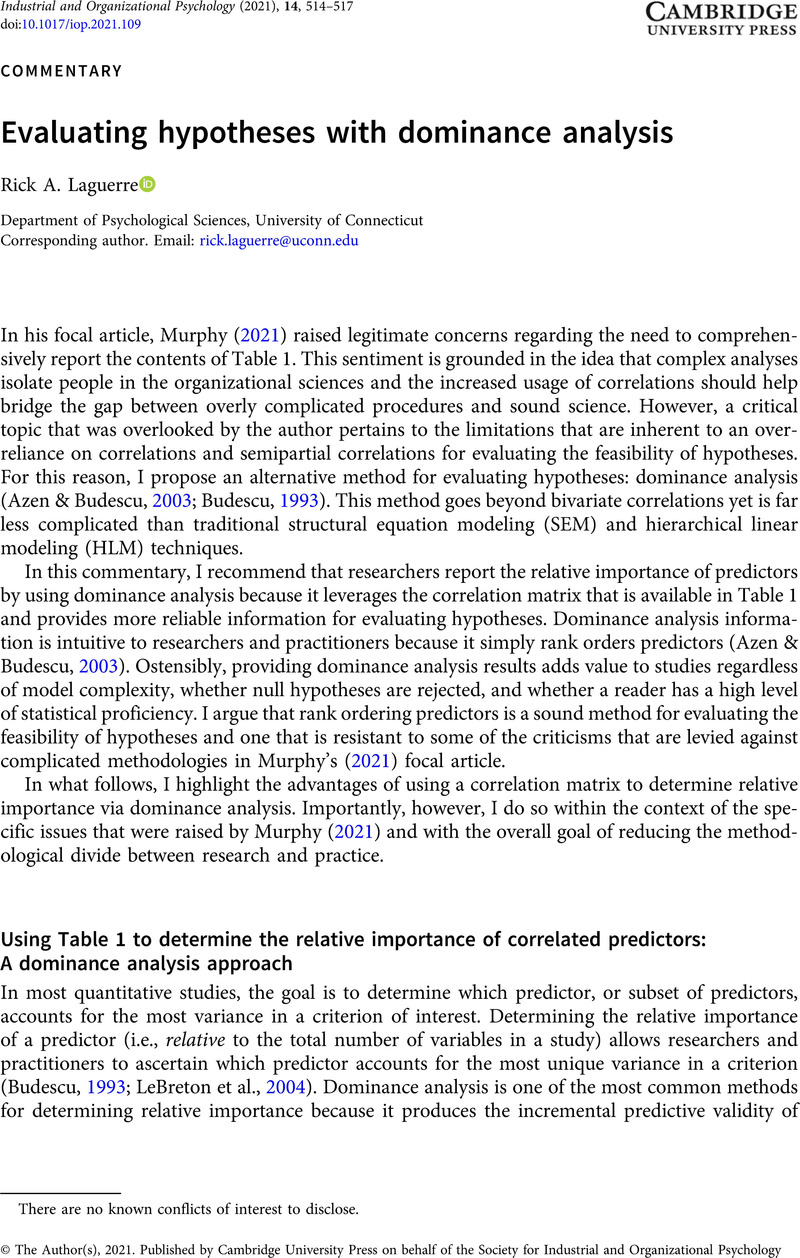Crossref Citations
This article has been cited by the following publications. This list is generated based on data provided by Crossref.
Schmidt, Fabian
Chen, Ya‐Ping
Keitel, Anne
Rösch, Sebastian
Hannemann, Ronny
Serman, Maja
Hauswald, Anne
and
Weisz, Nathan
2023.
Neural speech tracking shifts from the syllabic to the modulation rate of speech as intelligibility decreases.
Psychophysiology,
Vol. 60,
Issue. 11,
Laguerre, Rick A
Barnes-Farrell, Janet L
and
Zaniboni, Sara
2024.
Examining the influence of intolerance of uncertainty on (occupational) future time perspective and retirement-related outcomes in working adults.
Work, Aging and Retirement,
Laguerre, Rick A.
and
Barnes-Farrell, Janet L.
2025.
Bringing Self-Determination Theory to the Forefront: Examining How Human Resource Practices Motivate Employees of All Ages to Succeed.
Journal of Business and Psychology,
Vol. 40,
Issue. 1,
p.
1.



